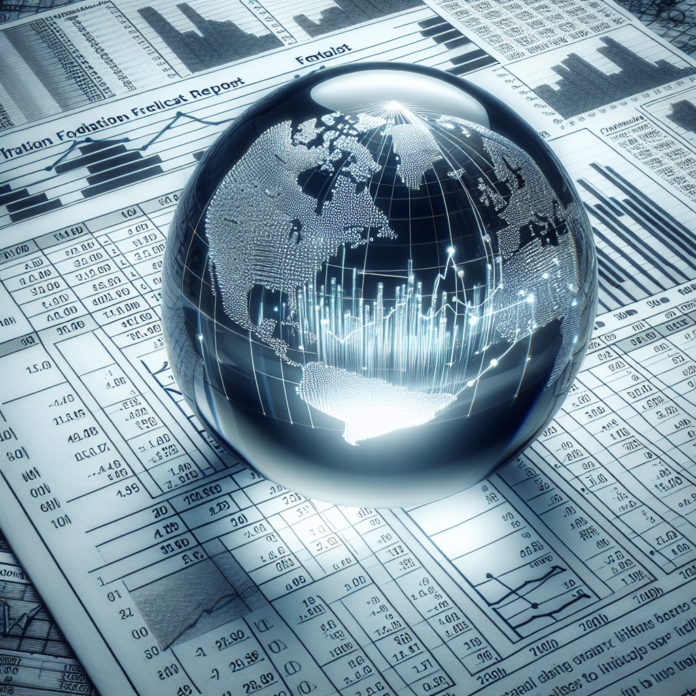As businesses and consumers alike grapple with the current economic climate, inflation remains a hot-button topic with its capacity to shape the contours of the economy. Looking ahead, future projections and predictions of inflation are critical for planning and strategy across sectors. While precise forecasting is challenging, experts draw on historical data, current trends, and economic indicators to provide insights into where inflation might be heading.
Global Economic Shifts and Inflation Trends
The future of inflation is intrinsically linked to shifts in the global economy. Factors such as trade policies, labor market dynamics, and international events can heavily influence inflation rates. Monitoring global changes is essential to understanding potential inflation trends.
For global economic insights, entities like the International Monetary Fund (IMF) provide invaluable resources with their regular reports on economic forecasts, including inflationary trends.
The Role of Central Banks in Shaping Inflation
Central banks play a crucial role in managing inflation through monetary policies. Interest rate decisions, for example, can either curb or encourage spending and investment, thereby influencing inflation. Analyzing central banks’ policy outlooks offers clues to how they might react to future inflationary pressures.
Staying updated on monetary policies from institutions like the Federal Reserve is crucial for predicting inflation’s trajectory.
Technological Advances and Deflationary Forces
The relationship between technology and inflation is complex. On the one hand, technological advances can lead to productivity improvements and cost reductions, exerting a deflationary force on prices. On the other, innovation can drive demand for new products and services, potentially leading to inflation.
Organizations such as MIT’s Initiative on the Digital Economy explore how digital innovation impacts economic factors, including inflation.
Demographics and Consumer Behavior
Demographic changes, such as aging populations and urbanization, can affect consumption patterns and, subsequently, inflation. Understanding these demographic trends helps economists to anticipate shifts in demand for goods and services and plan for potential inflationary or deflationary effects.
For research on demographics and how they relate to economic trends, consulting resources like The Conference Board can be informative.
Climate Change and Commodity Prices
Climate change is an emergent factor in inflation predictions, as it increasingly affects the availability and price stability of commodities. The impact on agriculture yields, energy production, and natural disasters all have direct consequences for inflation.
The World Bank’s Commodities Market Outlook offers perspectives on how climate-related factors may influence commodity prices and thus inflation.
Conclusion
The future of inflation is a vital consideration for economic participants across the board. While predicting inflation’s exact path is never certain, arming oneself with current projections and an understanding of influencing factors can help in making more strategic decisions. By engaging with the various resources available and keeping abreast of international developments, one can form a more nuanced outlook on inflation’s future landscape and prepare for what lies ahead on the economic horizon.




 AGF-B.CO
AGF-B.CO